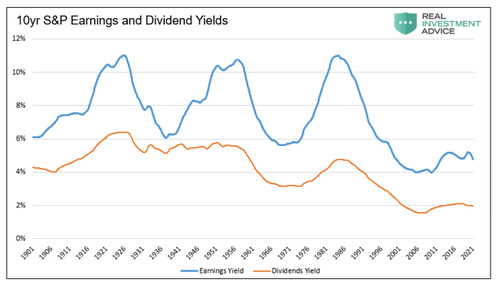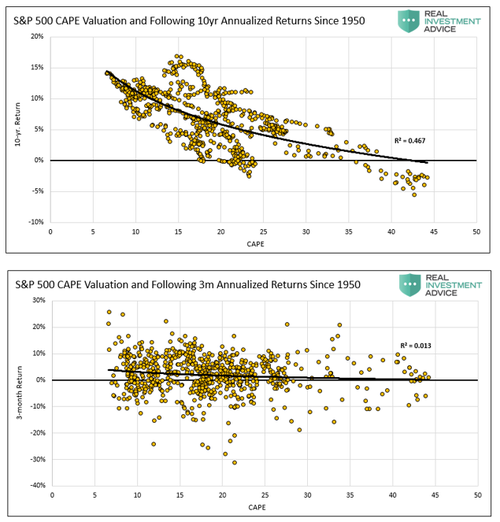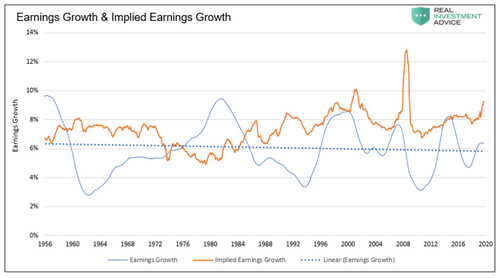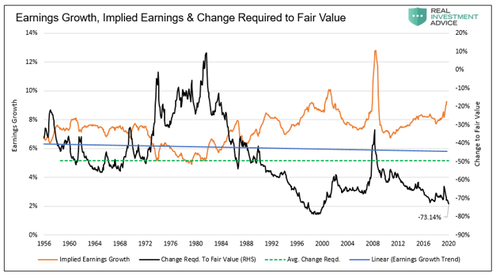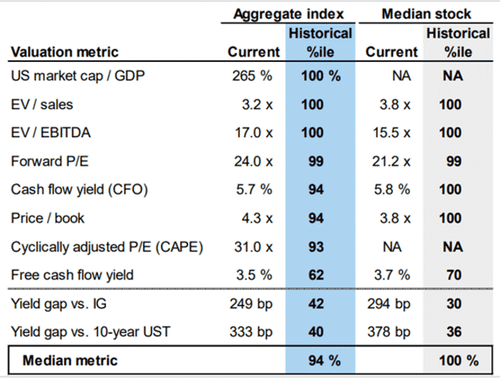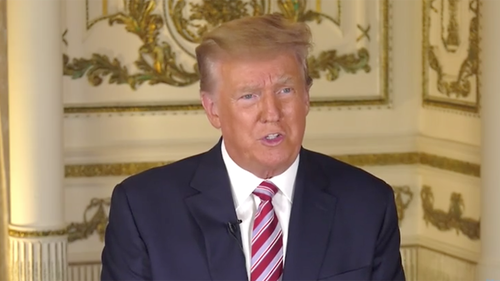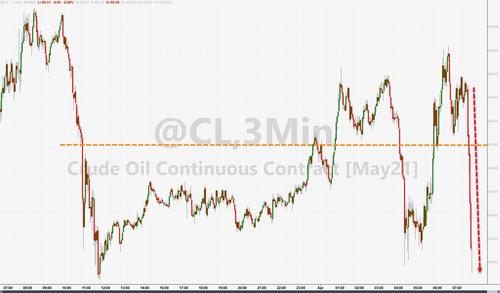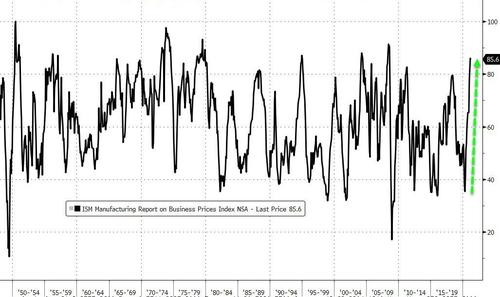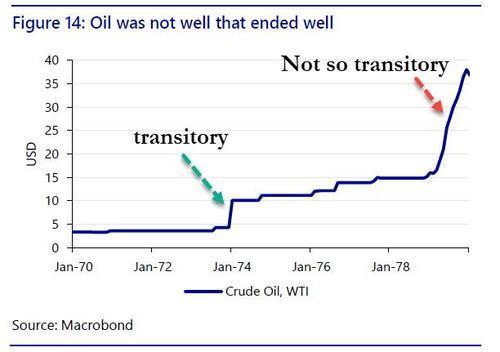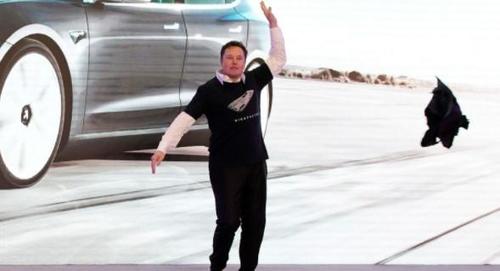Prof. Jane Bambauer, Prof. Ashutosh Bhagwat, and I just filed an amicus brief in Mahanoy Area School Dist. v. B.L., the Supreme Court’s new student speech case. Many thanks to my colleague Prof. Stuart Banner, who drafted the brief for us, and to his students Tom Callahan and Molly Moore. (I also signed the brief as counsel, together with Stuart.) In case you folks are interested, here is our argument:
Summary of Argument
In Tinker v. Des Moines Indep. Sch. Dist., 393 U.S. 503, 506 (1969), this Court held that “[i]t can hardly be argued that … students … shed their constitutional rights to freedom of speech or expression at the schoolhouse gate.” Yet petitioner argues that students shed much of their freedom of speech even outside the schoolhouse gate, so long as their off-campus speech is reasonably expected to reach campus. This proposal would allow schools to punish students for an enormous range of speech that expresses unpopular or controversial views.
Schools do have legitimate concerns about some off-campus speech, but it is possible to respond to these concerns without giving schools the authority to censor all off-campus speech. Rather, the Court should identify the circumstances under which schools need more control over student speech than the First Amendment would normally allow—rare circumstances, when it comes to speech outside a school-organized activity—and apply the Tinker standard only in those circumstances. In other contexts, particularly where students express unpopular or controversial views, students should have the same freedom of speech as adults.
Argument
[I.] Student speech outside school activities should generally be fully constitutionally protected.
In Tinker, the Court recognized that the school’s authority over student speech generally arises only at the schoolhouse gate. 393 U.S. at 506 (identifying “the schoolhouse gate” as the relevant boundary), 508 (referring to speech “in class, in the lunchroom, or on the campus”), 512-13 (referring to speech “in the cafeteria, or on the playing field, or on the campus during the authorized hours”). The Court restated this distinction between on-campus and off-campus speech more explicitly in subsequent cases. See Hazelwood Sch. Dist. v. Kuhlmeier, 484 U.S. 260, 266 (1988) (“A school need not tolerate student speech that is inconsistent with its basic educational mission, even though the government could not censor similar speech outside the school.”) (citation and internal quotation marks omitted); id. at 271 (describing Tinker as governing “expression that happens to occur on the school premises”); Morse v. Frederick, 551 U.S. 393, 405 (2007) (“Had Fraser delivered the same speech in a public forum outside the school context, it would have been protected.”) (referring to Bethel Sch. Dist. No. 403 v. Fraser, 478 U.S. 675 (1986)).
Technology has of course made the schoolhouse gate into a virtual term as well as a physical one. The “school context” to which Morse referred has long included various online activities as well as off-campus but school-sponsored physical gatherings. Students use the Internet to download and upload assignments; they communicate with their teachers by email and on social media; and they collaborate on school activities with classmates who might be miles away. During the pandemic, the classroom itself has become a virtual space, in which neither the teacher nor any of the students is on school grounds.
But while the school must therefore control virtual classrooms as it does physical ones, it does not follow that it may control online—or offline—speech outside the “school context,” even when off-campus speech has effects on campus. This is so for two reasons.
First, all online speech by students can be expected to reach the school’s campus. Students take their phones and computers everywhere they go, including to school. So do their teachers. Anything a student posts on social media—a preference for one political candidate over another, a statement of religious belief or nonbelief, praise or criticism of a teacher or a fellow student—is likely to be read by someone on campus. Applying the Tinker standard to all online speech would be an enormous expansion of schools’ power to censor the speech of their students. If students do not shed their freedom of speech “at the schoolhouse gate,” Tinker, 393 U.S. at 506, they certainly should not shed their freedom of speech every time they speak online.
Second, when students express unpopular or controversial views off campus, much of their speech deserves full First Amendment protection even if it causes disruption on campus. For example:
- Student A writes a letter to the editor of the local newspaper in which he argues that the town’s police officers engage in unjustifiable violence against Black suspects. The newspaper posts the letter on its website, where it is read by other students, including some whose parents are police officers. At school the next day, fights break out during the lunch hour and several students are injured.
- At a church event, Student B expresses her view that same-sex marriage should be unlawful. Several other students are at the event, and one of them summarizes Student B’s remarks in a social media post read by hundreds of other students. At school the next day, classes are repeatedly interrupted by students angrily denouncing Student B’s views.
If the Tinker standard applied to these examples of off-campus speech, both of which could reasonably have been expected to reach campus, the school could punish these students because their speech caused disruption at school.
Yet that would violate students’ First Amendment rights. Students, just like adults, hold opinions about all sorts of matters. Outside of school, they often wish to express themselves in ways that can make their colleagues feel hurt or angry, possibly even to the point of causing disruption back at school. But speech cannot be restricted merely because it causes hurt or anger. Snyder v. Phelps, 562 U.S. 443, 458 (2011); Forsyth Cty. v. Nationalist Movement, 505 U.S. 123, 134-35 (1992); Hustler Magazine, Inc. v. Falwell, 485 U.S. 46, 55 (1988). Even in school, speech “that deviates from the views of another person may start an argument or cause a disturbance. But our Constitution says we must take this risk.” Tinker, 393 U.S. at 508. There should be no heckler’s veto even in school, but there should certainly be none in the world outside.
If Tinker were extended to all off-campus speech that could be expected to reach campus, schools could exercise round-the-clock control over the speech of their students, placing a large swath of Americans into the very sort of “enclaves of totalitarianism,” id. at 511, that this Court condemned in Tinker. Only the bravest or most foolhardy student would dare to express an unpopular or controversial opinion online, because students would learn quickly that they could be punished for any disruption their opinion caused at school. The freedom of speech would be like alcohol, legally available only to those above a certain age. Yet this is sharply inconsistent with Tinker‘s recognition that freedom of speech (including speech that might “start an argument or cause a disturbance”) “is [the] sort of hazardous freedom—this kind of openness—that is the basis of our national strength and of the independence and vigor of Americans who grow up and live in this relatively permissive, often disputatious, society.” Id. at 508-09.
The government shares our worry about the wide range of speech that would become punishable under petitioner’s proposal. U.S. Br. 19-22. The government suggests instead that schools should be allowed to discipline students for off-campus speech that “intentionally targets specific school functions or programs regarding matters essential to or inherent in the functions or programs.” Id. at 24. This formulation has the virtue of being narrower than petitioner’s proposal, but it would still empower schools to punish students for speech that deserves full First Amendment protection. For example:
- Student C truthfully reports on social media that she was sexually assaulted by her softball coach. This information creates turmoil at school. The coach denies the allegation; half the team quits and the remainder of the season is abandoned; for several months the school is bitterly divided between those who believe Student C and those who believe the coach; and for years afterward the school has trouble fielding teams in several sports because girls and their parents are fearful of what participation may entail.
- Student D posts on social media a respectful but critical discussion of the erratic classroom behavior of his Chemistry teacher, who has been increasingly departing from the curriculum to deliver diatribes about the federal government. For the rest of the school year, the school is besieged by phone calls from angry parents demanding to have their children reassigned to a different Chemistry class.
These students could be punished for their speech under the government’s proposal (and under petitioner’s proposal as well).
Tinker was a modest, cabined exception to the normal protections of the First Amendment. Extending Tinker in the ways proposed by petitioner or the government, by contrast, would be a major abridgment of the ability of students to express unpopular or controversial views, in just about any forum, just about anywhere.
[II.] Tinker should govern only particular categories of student speech outside the school context.
[A.] Applying a categorical approach rather than a universal case-by-case inquiry into “disruption.”
Of course, technological changes have greatly magnified the harms that some kinds of student speech can inflict (as well as the benefits that other kinds of student speech can provide). A mean-spirited criticism of a classmate that would once have been heard by only a handful of friends can now be read by the entire school, including by the person who is criticized. A spontaneous outburst—e.g., “I’m so mad I want to kill everyone”—that would not have been taken literally when it was heard only by a single close friend must be taken much more seriously when it can be read by thousands of people who have no way of knowing whether it is meant as a genuine threat.
The Court may therefore need to allow schools authority to restrict certain categories of speech. But such speech should be defined categorically rather than using a free-floating “disruption” standard. Just as “our society, like other free but civilized societies, has permitted restrictions upon the content of speech in a few limited areas, which are of such slight social value as a step to truth that any benefit that may be derived from them is clearly outweighed by the social interest in order and morality,” R.A.V. v. City of St. Paul, 505 U.S. 377, 382-83 (1992) (cleaned up), so First Amendment law should permit restrictions on student speech in a few additional but limited areas. And all such exceptions should be designed to leave students ample means to express (without fear of administrative discipline) all “speech that can plausibly be interpreted as commenting on any political or social issue.” Morse, 551 U.S. at 422 (Alito, J., concurring).
To be sure, outside the government’s special role as educator, these exceptions are generally defined by “long-settled tradition.” United States v. Stevens, 559 U.S. 460, 469 (2010). But here the relevant tradition is just the general principle that schools do have some (but not unlimited) extra authority over student speech, as this Court recognized in Tinker. The Court should express this tradition in a clear and administrable set of legal rules that minimally intrudes on student speech outside school-sponsored activities—just as the Court developed the First Amendment law of libel, obscenity, fighting words, incitement, and the like by recognizing the existence of traditional exceptions, see, e.g., Roth v. United States, 354 U.S. 476, 484-85 (1957), and then creating administrable rules to implement these exceptions.
[B.] An exception for personal cruelty.
In particular, while schools should not have the authority to punish ideological messages outside the school context—even when those messages might anger classmates—schools need the authority to punish students for saying cruel personal things to or about each other, especially online. There is a broad consensus that children suffer far more than adults when they are the targets of online criticism, which suggests that such speech may be restricted if it is sufficiently disruptive, even though comparable statements by adults to or about other adults would receive full First Amendment protection.
This kind of speech is often called “bullying” or “harassment,” but these terms can be too vague to be useful. Sometimes the expression of a controversial policy view is labelled as bullying or harassment when listeners are especially upset to hear that view. A student who argues that immigration has been disastrous for this country may be considered a bully by fellow students who are themselves immigrants, while a student who condemns religion as superstitious nonsense may be considered a harasser by students who are devout.
There is an important difference, however, between personally insulting someone and expressing a viewpoint with which listeners disagree. Tinker should not govern every form of speech to which the label of “bullying” or “harassment” has been applied, but only what we take to be the core of that category—speech in which one student says cruel personal things to or about another. Statements like these are about the characteristics of individual people, not about broader policy matters, so applying Tinker to such statements would be unlikely to interfere with students’ expression of political ideas. See, e.g., J.C. ex rel. R.C. v. Beverly Hills Unified Sch. Dist., 711 F. Supp. 2d 1094, 1117 (C.D. Cal. 2010) (applying Tinker to a student’s YouTube video calling another student “spoiled,” a “slut,” and “the ugliest piece of shit I’ve ever seen in my life”).
[C.] A continuing exception for disruptive speech in a school-sponsored forum.
Likewise, Tinker should continue to apply to speech in a school-sponsored forum such as a class, a school assembly, or a school publication. In most settings, the government may not punish a speaker for insisting that 2+2=5 or that Switzerland is in South America, but a student who says such things on an exam should receive a failing grade. One of the very purposes of a school is to reward or punish students for certain kinds of speech.
This principle is already reflected in the Court’s cases, which rest at least as much on the school’s sponsorship of the forum as on the forum’s physical location.
The outcome of Fraser, for example, would surely have been the same if the school assembly had been conducted online rather than in person. Either way, “schools, as instruments of the state, may determine that the essential lessons of civil, mature conduct cannot be conveyed in a school that tolerates lewd, indecent, or offensive speech.” Fraser, 478 U.S. at 683. The important thing about the assembly was not that it was held on campus but rather that it was a school assembly—a meeting with the imprimatur of the school—as opposed to a gathering of students on their own.
Likewise, the outcome of Kuhlmeier would surely have been the same had the newspaper been produced off campus. The Court observed that schools need heightened authority over “school-sponsored publications, theatrical productions, and other expressive activities that students, parents, and members of the public might reasonably perceive to bear the imprimatur of the school.” Kuhlmeier, 484 U.S. at 271. The important thing was not the paper’s location but that it was a school newspaper—a forum sponsored by the school—as opposed to a newspaper produced by the students on their own.
And likewise, the outcome of Morse would surely have been the same if the “Bong Hits 4 Jesus” banner had not been visible from school grounds. The important thing was not the banner’s location but rather that students displayed it “[a]t a school-sanctioned and school-supervised event.” Morse, 551 U.S. at 396.
[D.] Possible future exceptions.
There may be other specific circumstances, beyond these two, in which schools need heightened authority to punish students for speech (or in which schools running particular programs, such as athletic programs, may need heightened authority to exclude students from these programs). If so, however, the appropriate response will be to carefully define what restrictions are allowed in these specific situations—not to allow schools to punish students for all off-campus speech that causes disruption on campus.
For instance, where a student threatens members of the school community, a school already has ample authority to punish the student because threats are not protected by the First Amendment. See, e.g., D.J.M. ex rel. D.M. v. Hannibal Pub. Sch. Dist. No. 60, 647 F.3d 754, 764 (8th Cir. 2011). Whether or not statements by adults must be intended as threats to be unprotected (a question as to which there is currently some uncertainty, see Perez v. Florida, 137 S. Ct. 853, 854-55 (2017) (Sotomayor, J., concurring in the denial of certiorari)), the nature of school disciplinary rules—which are aimed at establishing and enforcing norms of peaceful, nonthreatening behavior, not chiefly at punishing morally culpable conduct—might allow punishing a student for speech that could be reasonably interpreted as a threat, even if it was not so intended.
Thus, if new concerns emerge, courts have the flexibility to address such concerns one at a time, each on its own merits. There is no need to diminish students’ freedom of speech in all contexts, for instance by categorically applying a “disruptiveness” standard to all off-campus speech. At this point, all the Court needs to do is answer the question presented in this case:
Whether Tinker v. Des Moines Independent Community School District, 393 U.S. 503 (1969), which holds that public school officials may regulate speech that would materially and substantially disrupt the work and discipline of the school, applies to student speech that occurs off campus.
The answer should generally be “no.”
Conclusion
The judgment of the Court of Appeals should be affirmed.
